No products in the cart.
Morton’s Neuroma Pads With Gel Cushion & Metatarsal Support
£10.99inc VAT
- 1x pair of Mortons Neuroma gel cushion pads (One for each foot)
- Cushions and protects your toes and the balls of your feet
- Available in Small and Large sizes.
- Generally the sizing is as follows: (3-6 Small), (7-11 Large)
- For both Men and Women
- Can be worn with or without shoes
- Made from super soft cotton fabric 83% Poly-amide/17% Elastane with a silicone gel pad inside
- Slips on easily around your foot
- Washable & reusable
- Ideal for treating & easing Corns, Blisters, Morton’s Neuroma & Metatarsalgia (ball of foot pain)
- Realigns & corrects the position of your metatarsal bones helping you to avoid bunions from developing or worsening.
- Includes a full 30 day money back guarantee for full customer peace of mind!
Get 15% off - When bought together with:
Ball‑of‑foot pain can stop you in your tracks. If you feel a burning ache, tingling in your toes, or the sensation of a pebble under your forefoot, you may be dealing with Morton’s neuroma. Relief often starts with targeted support: Morton’s neuroma pads reduce pressure on the irritated nerve, encourage natural forefoot spread, and cushion each step so you can move with confidence. FootReviver pads bring these benefits together with soft gel cushioning and focused metatarsal support to calm the area and improve day‑to‑day comfort.
Before exploring the pads in detail, it helps to understand what’s happening inside your foot—and why the right pad placement is such an effective first step.
What Is Morton’s Neuroma?
Morton’s neuroma involves irritation of a nerve that runs between the long bones (metatarsals) in the ball of your foot—most often between the third and fourth toes, and sometimes between the second and third. The space between the metatarsal heads is naturally narrow; repeated pressure here compresses the nerve, making the surrounding tissue reactive and the nerve highly sensitive. Despite the name, it isn’t a true tumor—just a painful response to ongoing compression. That’s why you may feel burning, pins‑and‑needles, numbness, or a sharp, electric “zing” into the toes, especially during push‑off when walking.
Many people describe it as walking on a small stone or a wrinkled sock—even though there’s nothing in the shoe.
How Morton’s Neuroma Affects Your Gait and the Kinetic Chain
When the ball of your foot hurts, you instinctively change how you move to avoid pressure. Common compensations include shortening your stride, rolling weight to the outside of the foot, or easing off push‑off through the toes. Over time, these changes can travel up the body:
- Foot and ankle: Altered foot roll and reduced toe‑off can strain the outer ankle and tighten the calf.
- Knee: A shifted foot position can change knee tracking and increase joint stress.
- Hip and pelvis: Guarded, shorter steps can overload the hip flexors and reduce glute engagement, affecting stability.
- Lower back: Stiff, protective walking can increase lumbar fatigue and discomfort.
Reducing pressure at the forefoot helps restore a smoother toe‑off, supporting healthier mechanics throughout the kinetic chain.
Who Is Most at Risk?
Your risk rises if you:
- Wear footwear that crowds the toes or shifts weight onto the ball of the foot
- Spend long periods standing or walking on hard surfaces
- Do stop‑start or impact activities that load the forefoot
- Have foot mechanics such as high arches, flat feet, overpronation, bunions, or hammertoes that narrow the space between metatarsal heads
These factors concentrate pressure where the nerve runs, making irritation more likely.
Signs and Symptoms to Watch For
- Burning, stabbing, or aching pain in the ball of the foot that can radiate into the toes
- Tingling or numbness in one or more toes
- A persistent “pebble in the shoe” feeling
- Pain that eases with rest or removing footwear, then returns with activity
Symptoms often flare with tighter toe boxes or high‑impact movements and settle when pressure is reduced.
Why Morton’s Neuroma Pads Help
During each step, the forefoot should spread to absorb shock. With Morton’s neuroma, the metatarsal heads press together and compress the nerve. A well‑designed neuroma pad sits just behind the tender spot (proximal to the metatarsal heads), not directly under it, to:
- Gently lift and separate the metatarsal heads, easing nerve compression
- Encourage natural forefoot splay for more even pressure distribution
- Cushion impact to calm irritation and reduce flare‑ups
- Support a smoother toe‑off so walking feels more natural and less guarded
By addressing the pressure that drives the pain, pads can make standing, walking, and daily activity feel easier—often right away.
Where Pads Fit in Your Treatment Plan
For the best results, combine pads with simple, conservative steps:
- Choose supportive, roomy footwear that lets your toes spread naturally
- Add cushioned or supportive insoles to improve alignment and reduce forefoot load
- Pace activities and take short breaks to limit repeated irritation
- Try gentle stretches for the feet and calves to support efficient mechanics
- Start with short wear times for new pads, increase gradually, and use them consistently
- Seek clinical guidance if pain persists, worsens, or limits your mobility
Morton’s neuroma pads are a non‑invasive, easy‑to‑use option that complements these strategies and supports healthier movement from the ground up.
With all of this in mind, you’re ready to see how FootReviver Morton’s Neuroma Pads put these principles into action to deliver targeted relief and day‑long comfort.
Experience Relief with FootReviver Morton’s Neuroma Pads
With all of this in mind, if you’re dealing with Morton’s neuroma, ball‑of‑foot pain (metatarsalgia), sesamoiditis, or fat pad atrophy, FootReviver pads can help you move more comfortably. They’re designed to reduce pressure on sensitive nerve areas, cushion impact under the ball of your foot, and support healthy alignment—so you can walk, stand, and stay active with greater ease.
Cushioning, Support, Comfort, and Care for Morton’s Neuroma
- Cushioning
- A soft silicone gel pad molds to your forefoot, absorbing shock and spreading weight more evenly across the ball of your foot.
- This targeted cushioning reduces hot spots and helps take pressure off the nerve spaces between the toes, easing burning and tingling sensations.
- The low‑rebound feel softens sharp jolts to help reduce sudden “zing” sensations into the toes.
- Support
- Built‑in metatarsal support gently lifts the area just behind the ball of the foot, encouraging a natural splay of the metatarsal heads.
- By restoring space in this narrow region, the pads help reduce nerve compression linked to neuroma pain and irritation, while promoting a smoother, more efficient toe‑off.
- Subtle forefoot guidance supports better alignment during walking and standing without adding bulk.
- Comfort and Care
- An ergonomic, low‑profile design sits comfortably inside most everyday footwear and helps the pad stay in place through daily movement.
- Pressure is distributed more evenly across the forefoot to minimize flare‑ups during walking, standing, or higher‑impact activities.
- Soft, skin‑friendly materials reduce rubbing and friction to support day‑long wear.
In combination, these features calm the irritated area, support healthier gait mechanics, and make each step feel more natural.
Fit for Everyone
- Easy, slip‑on forefoot sleeves are available in small and large sizes to suit a wide range of foot shapes for men and women.
- How to place: Position the pad so it sits just behind the ball of your foot (behind the metatarsal heads), not directly under the most tender spot.
- Sizing tip: If you’re between sizes and prefer a closer hold, choose the snugger option.
- Wear them with or without socks, at home or in most everyday footwear, for consistent relief throughout the day.
- The super‑soft fabric blend (83% polyamide, 17% elastane) is gentle on skin and resists chafing.
- Breathable, moisture‑wicking properties help keep feet cool, dry, and comfortable during long wear times.
- Materials help resist odor and maintain freshness, making these pads a practical choice for daily use, busy shifts, or active routines.
What to Expect
A mild adjustment period over the first few wears is normal as your forefoot adapts to the gentle lift. Start with shorter wear times and increase as comfort improves. Consistent daily use often brings the best results. If discomfort persists or worsens, seek guidance from a qualified clinician.
Your Podiatrist’s Choice
FootReviver Morton’s Neuroma pads are highly recommended by podiatrists for managing a broad range of foot and kinetic chain issues. By improving alignment, cushioning pressure points, and stabilizing gait mechanics, they effectively help manage or prevent the following conditions:
These pads mitigate compensatory strain on joints and muscles by optimizing foot posture and redistributing pressure, addressing both localized foot issues and secondary imbalances in the kinetic chain. Always consult a specialist for personalized care.
Anatomical Design
The anatomical design of FootReviver pads ensures that they contour perfectly to the shape of your foot. This tailored fit guarantees maximum comfort and effectiveness. The contours help in aligning your foot in a natural position, which is crucial for reducing nerve inflammation and pain in Morton’s Neuroma. This design not only makes the pads more comfortable but also ensures they stay in place throughout the day, even during rigorous activities. As you walk, these pads massage and cushion the balls of your feet, absorbing shock and pressure. This makes them particularly beneficial for people who spend extended periods standing on hard surfaces.
Anti-Fatigue Technology
FootReviver pads incorporate anti-fatigue technology that reduces muscle fatigue in your feet and legs. The shock-absorbing materials and ergonomic design work together to minimize the impact forces that contribute to foot pain. This feature is particularly beneficial for individuals who are on their feet for long periods, such as nurses, retail workers, and athletes. By reducing fatigue, these pads help prevent the exacerbation of Morton’s Neuroma symptoms while enhancing overall foot health.
Ideal for Various Footwear
FootReviver pads are versatile and can be used with a wide range of footwear, including dress shoes, sneakers, and boots. This versatility ensures that you don’t have to sacrifice style for comfort. The slim design allows them to fit easily inside most types of shoes without causing discomfort or altering the fit. This means you can continue wearing your favorite footwear while benefitting from the pain relief and support these pads provide.
Long-lasting Durability
Crafted from high-quality materials, FootReviver pads are built to last. The durable construction ensures that the pads maintain their shape and functionality even after prolonged use. This long-lasting durability means you get extended relief from Morton’s Neuroma without the need for frequent replacements. The materials used are also resistant to wear and tear, making them a cost-effective solution for chronic foot pain.
Discreet and Lightweight Design
FootReviver pads boast a discreet and lightweight design, making them virtually unnoticeable when worn. This feature ensures that users can comfortably wear the pads inside any type of footwear without feeling bulkiness or discomfort. The lightweight nature also means that the pads do not add any extra weight, making them ideal for everyday use, whether for casual wear, formal occasions, or athletic activities. For instance, a professional who needs to wear formal shoes all day will appreciate the discreet design of FootReviver pads, which can be worn without being visible or causing any inconvenience.
Easy Maintenance
FootReviver pads are easy to clean and maintain, making them a convenient option for daily use. Simply hand wash the pads with mild soap and water and let them air dry. This easy maintenance ensures that the pads remain hygienic and effective for long-term use. Regular cleaning can also prolong the life of the pads, ensuring you get the maximum benefit from your investment. Whether you use them daily or occasionally, keeping them clean is hassle-free.
Risk-free Purchase
FootReviver offers a 30-day money-back guarantee. If, for any reason, these pads do not meet your expectations or fail to ease your pain, you can return them within 30 days for a full refund.
Take a step towards comfort with FootReviver Morton’s Neuroma Pads. Your feet deserve the best, and these pads are designed to provide just that. So, why wait? Give your feet the care they need, and enjoy every step with confidence and comfort.
Disclaimer:
These FootReviver Morton’s Neuroma pads, often recommended by podiatrists, are made from high-quality, medical-grade materials to provide effective cushioning, support, and relief. However, achieving better foot health involves more than just using these pads. You may also want to consider other treatments for Morton’s Neuroma, such as exercises designed to strengthen the foot, massages to relieve tension, cold compresses to reduce inflammation, or over-the-counter pain relievers for moments of intense discomfort.
While Morton’s Neuroma is generally a benign condition, it is important to consult a healthcare professional if you experience persistent foot pain, have recently sustained a foot injury, or discover a lump on your foot. A healthcare professional can provide an accurate diagnosis, rule out more serious health concerns, and determine the most effective treatment plan for you. They can also advise whether incorporating FootReviver Morton’s Neuroma pads into your treatment regimen is the right option for you.
23 Reviews For This Product
Fast & Secure Checkout Through Paypal
Pay with Paypal the secure payment gateway that accepts all credit and debit cards. Paypal is free and secure and no credit or bank information is ever stored or shared with us.
Fast Dispatch
Enjoy your items soon with quick dispatch via Royal Mail First Class. Expect to have your items between 1-3 days for domestic orders. 7-10 Working days for international orders.
Return Policy – 30 Day Money Back Guarantee
We are so confident that you will just love our product that we offer a full 30 day money back guarantee. In the unlikely event, you are unhappy with your purchase you can simply return it within 30 days for a refund. Please contact us via the form on the contact us page to start your return.
To return an item please send it to: Nuova Health UK, 81 Highfield Lane, Waverley, Rotherham, S60 8AL. Please include a note with your order id so we know who to refund. Please retain your postage receipt as proof of postage. All that we ask is that the item is in the original packaging and unused.
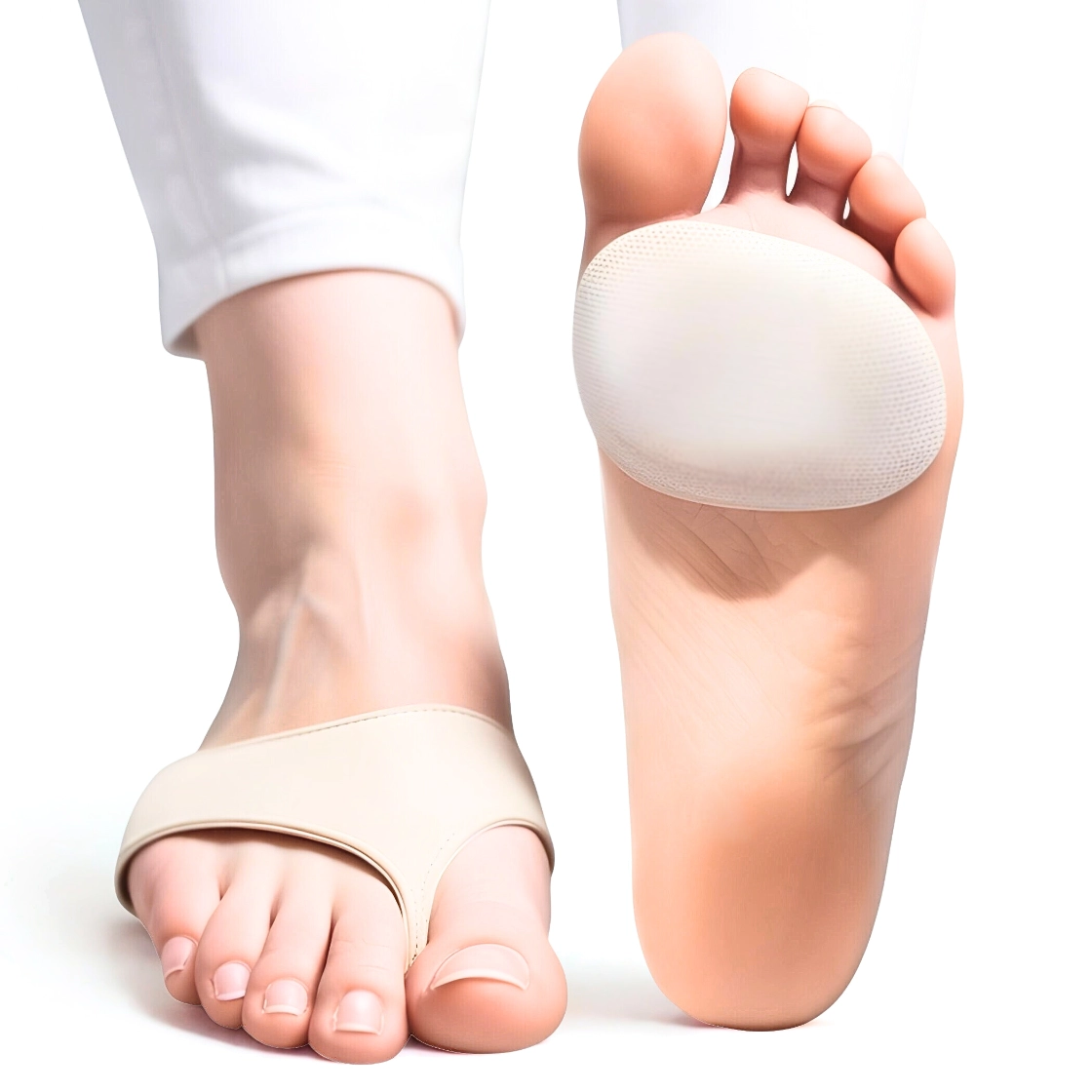
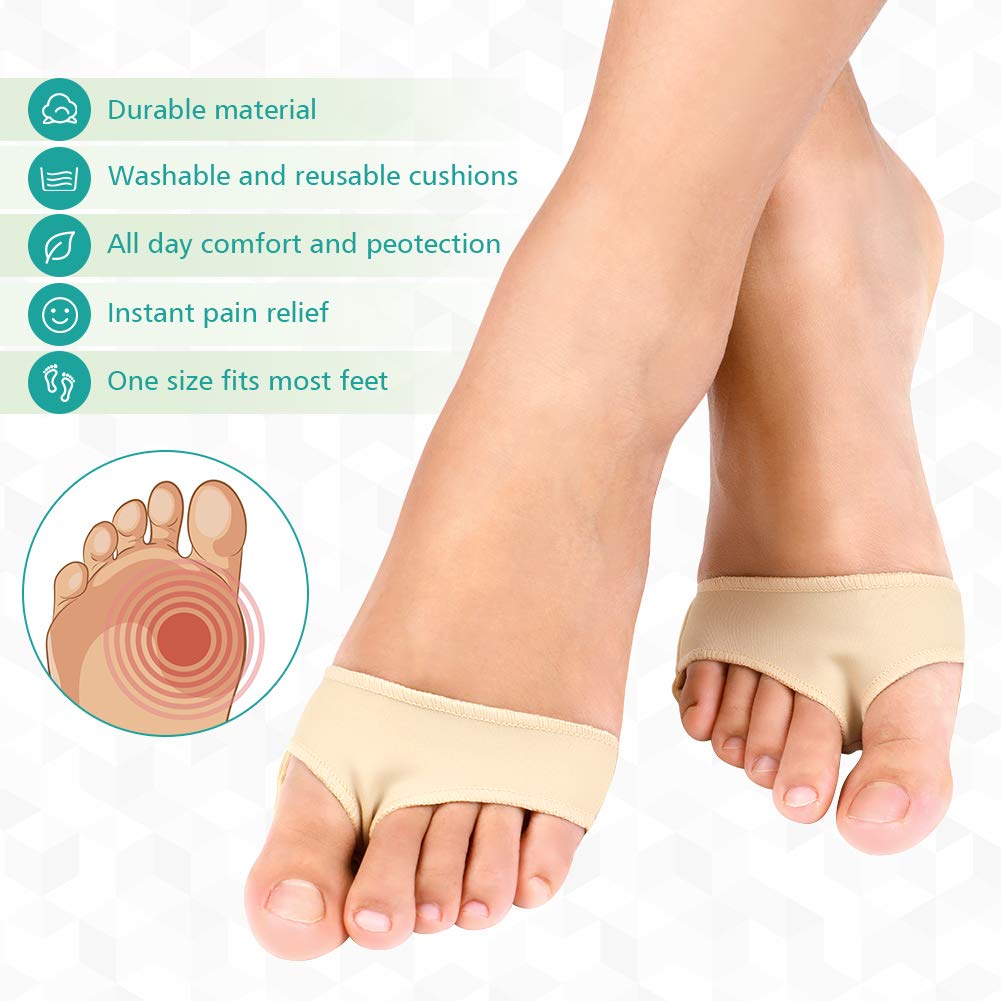
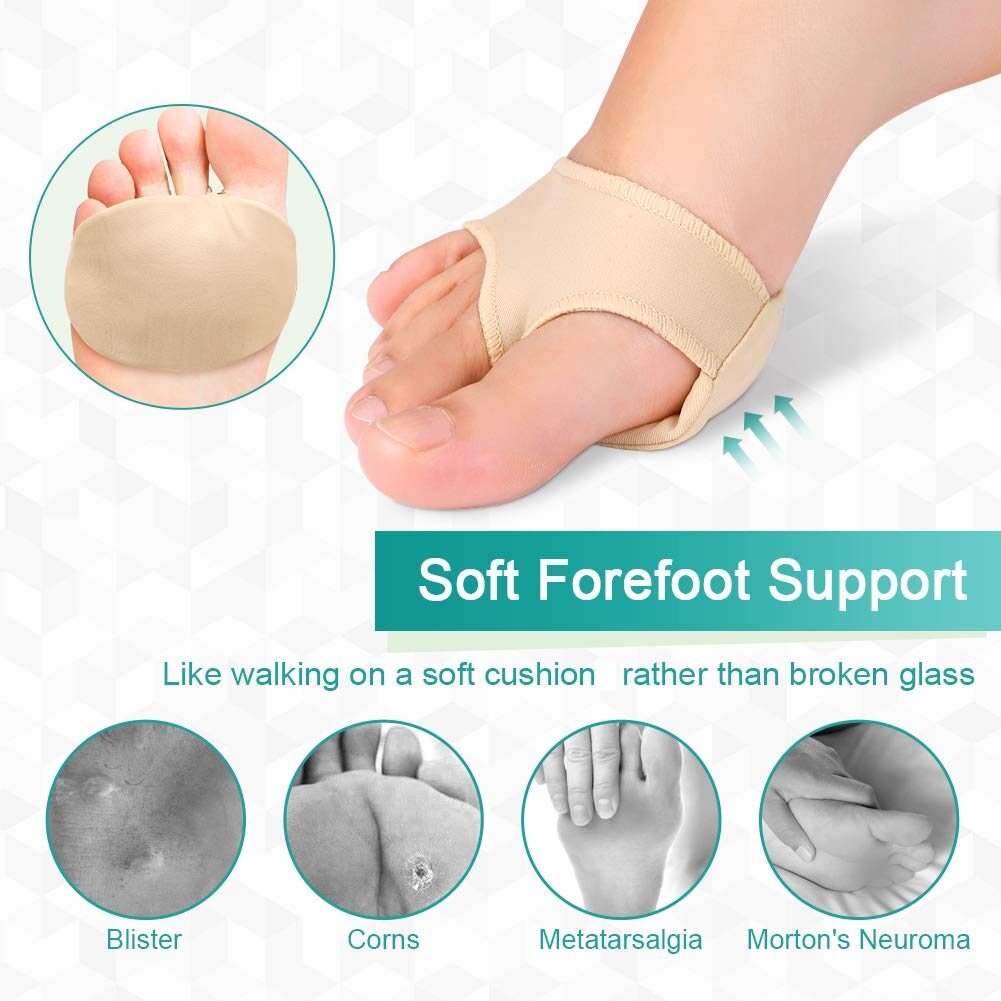
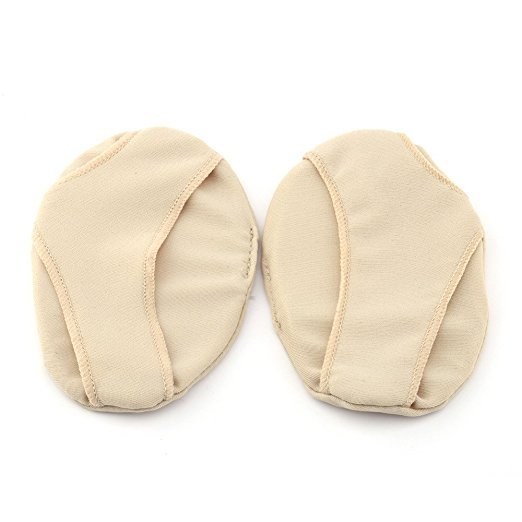
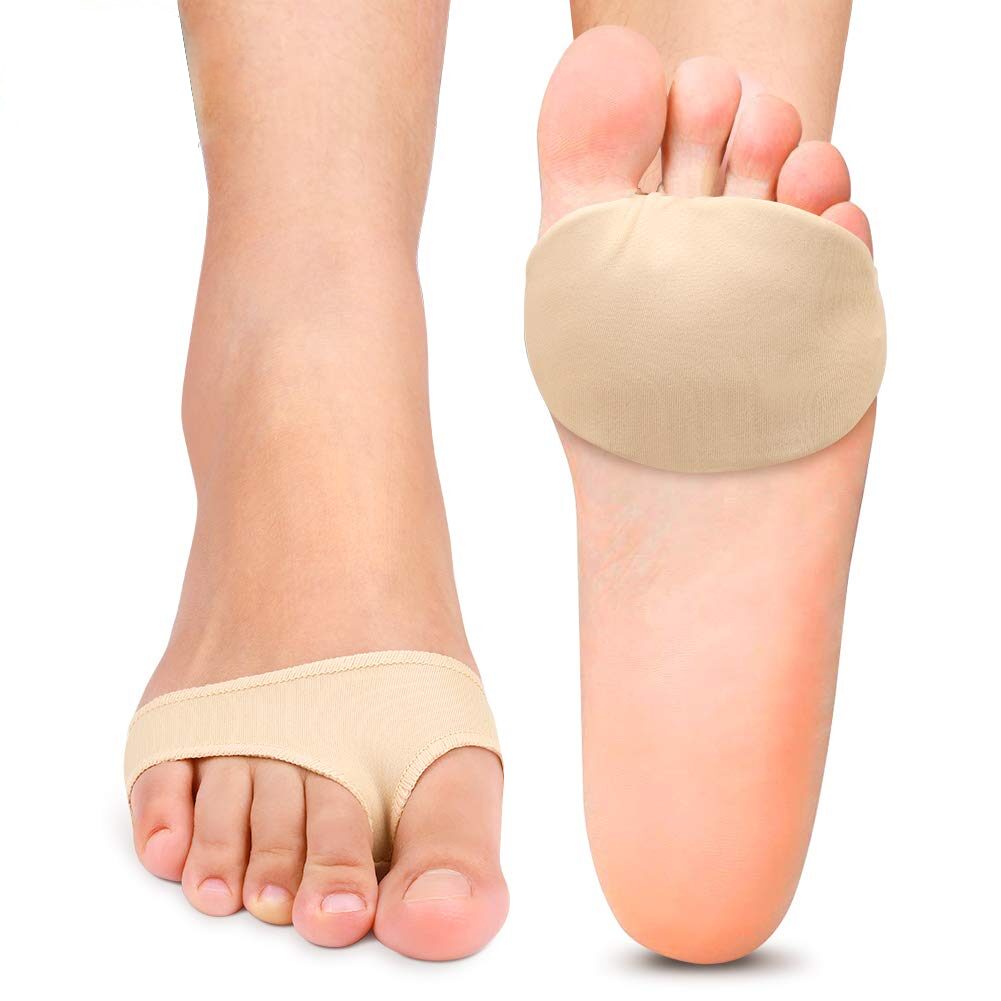
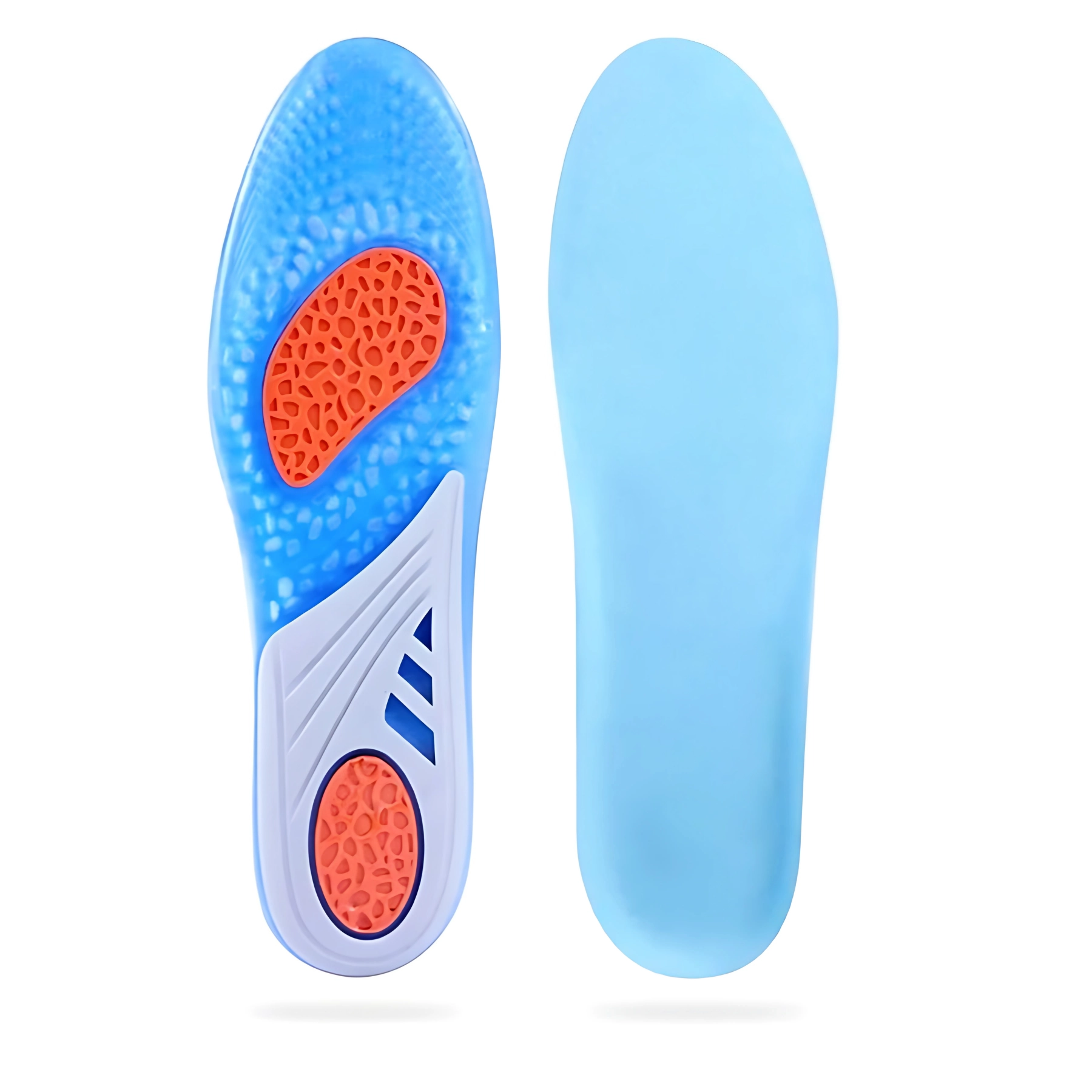
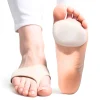
by Carol
I’ve been dealing with Morton’s neuroma for quite some time, and it’s been an uphill battle. However, these neuroma pads have really really helped. They offer decent relief, particularly when I’m on my feet all day. They cushion the balls of my feet well, stopping that uncomfortable sensation of walking on a pebble. I would recommend these to anyone who spends a lot of time standing or walking on hard surfaces. My only gripe is that they can slip occasionally, but it’s a small price to pay for the comfort they provide.
by Marcus
After a few days of wearing them, the constant burning sensation in the ball of my foot started to ease up. They’re incredibly comfortable and lightweight, so I hardly notice them in my shoes. One day, I even managed to play a full game of footie with my friends without the usual pain flaring up.
One minor downside is that you have to ensure they’re positioned correctly in your shoe to get the full benefit, but once you get the hang of it, it’s smooth sailing. For anyone struggling with foot pain, these pads are definitely worth considering.
by pgmitchell1971
Great for wearing with shoes and socks on, providing good cushioining and relief. One negative is they slip down side of small toes when barefoot or with flip-flops on.